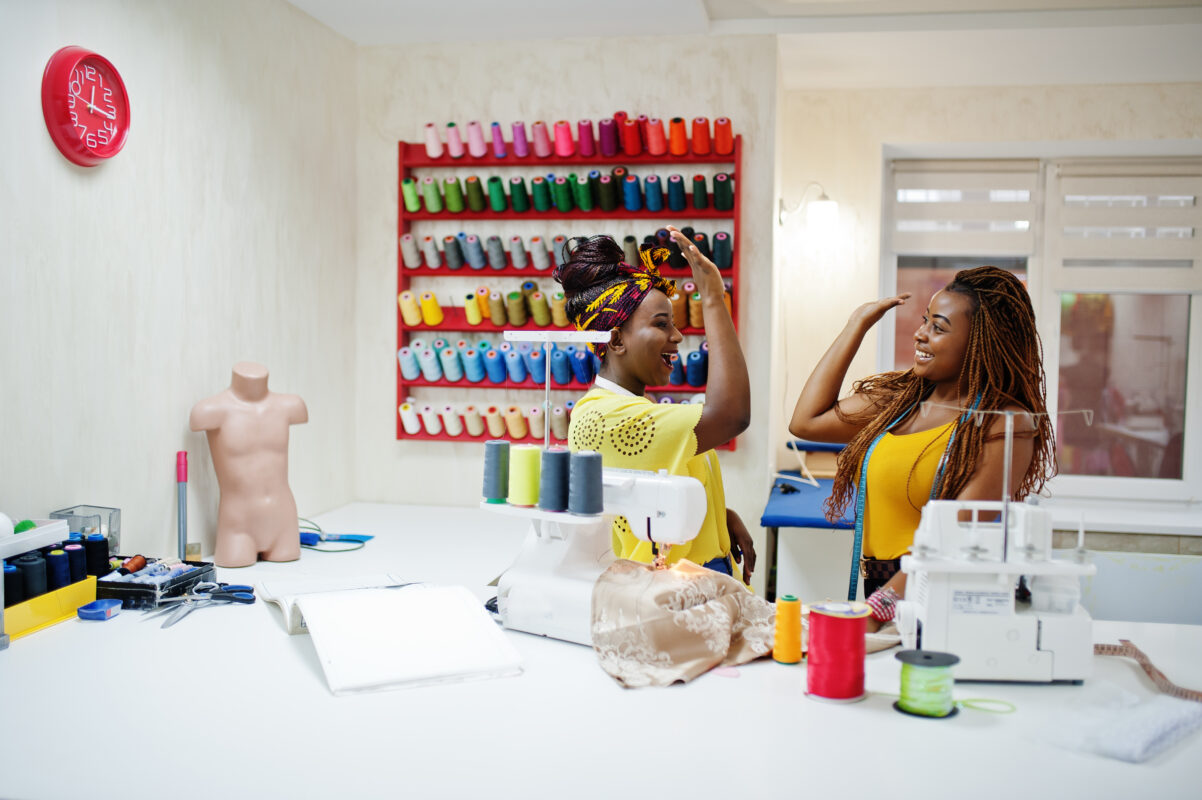Blog
The History of Agbada: Everything You Need to Know About This Timeless Yoruba Legacy

The Agbada, often described as a “voluminous attire,” is one of the most iconic elements of Yoruba traditional fashion, embodying elegance, status, and cultural depth.
This flowing robe, typically worn by men, consists of a large outer garment (awosoke) draped over an undervest (awotele), trousers (sokoto or shokoto), and a cap (fila or abeti aja), sometimes accessorized with beads or an inner wrap.
Its wide sleeves and intricate embroidery make it a visual symphony of fabric and thread, evoking the grandeur of West African royalty. Rooted in the Yoruba people of southwestern Nigeria, Benin, and Togo, the Agbada has transcended its origins to become a global symbol of Nigerian identity and style.
From Ancient Trade Routes to Yoruba Innovation
The story of the Agbada begins with a blend of indigenous ingenuity and cross-cultural exchange.
While some sources trace its conceptual roots to the Middle East, where similar flowing robes were worn, it was introduced to West Africa through the trans-Saharan trade routes by Berber, Arab, and Tuareg merchants as early as the 11th century.
This trade, which flourished until the late 19th century, brought luxurious fabrics and designs to ancient kingdoms like Ghana, Mali, Songhay, and the Hausa states of northern Nigeria. In these regions, the garment—known as riga among the Hausa or boubou among the Wolof—signified wealth and Islamic influence, often adorned with Arabic calligraphy for spiritual protection.
By the 15th century, the Agbada had taken root among the Yoruba, evolving into a distinctly local form during the height of the Oyo Empire (circa 17th–19th centuries).
Historical records from 1772 highlight Yoruba weavers’ craftsmanship, noting that Agbada fabrics were superior in quality to those from the Sahel region, suggesting it was not merely imported but innovated upon by Yoruba artisans.
The Oyo Empire, which dominated southwestern Nigeria and parts of Benin, used the robe as a diplomatic tool—gifting elaborate Agbadas to neighboring rulers to assert cultural and political dominance.
Cities like Oyo and Iseyin became hubs for handwoven textiles, with the Agbada reserved for kings (Obas), chiefs, elders, and dignitaries, symbolizing power and lineage.
Early Agbadas were crafted from costly materials like wild silk (alari in red, sanyan in brown) or indigo-dyed cotton (etu), woven on horizontal looms into narrow strips and sewn into expansive sheets.
The robe’s voluminous design allowed for elaborate embroidery, including the symbolic “grand knot” native to Yoruba culture, which added layers of aesthetic and spiritual meaning.
The Evolution of Agbada Over the Years
Over centuries, the Agbada adapted to social changes while retaining its core prestige. In pre-colonial Yoruba society, it was strictly ceremonial, donned for coronations, festivals, and rites of passage, where the robe’s size and ornamentation directly reflected the wearer’s rank—the larger and more embroidered, the greater the authority.
The 19th and early 20th centuries marked a pivotal shift. As European influences grew, non-Muslims across sub-Saharan Africa, including Yoruba elites, modified the robe by swapping turbans for indigenous caps like the crest-like abeti aja (“dog-eared one”).
A key innovation came in the 1920s with the Sapara variant, a lighter, less voluminous version named after Dr. Oguntola Sapara, a Yoruba physician who commissioned it for comfort in everyday wear.
This casual agbada iwole (or Sulia) used plain cotton, contrasting the ornate agbada amurode or agbada nla (grand robe) made from heavy aso oke or aso ofi.
By the mid-20th century, fabrics diversified to include imported velvets, brocades, and damasks, while embroidery motifs modernized with glass beads and European tailoring techniques.
Variants emerged, such as the gbariye (a sleeker Agbada-like robe) and shorter mid-calf cuts for practicality.
Despite its airy appearance, the design’s openwork patterns and ventilated sleeves made it surprisingly comfortable, even in Nigeria’s tropical heat.
More Than an Outfit, More Like Culture
Beyond aesthetics, the Agbada is a cultural archive. In Yoruba proverbs and traditions, proper attire like a well-fitted Agbada and cap underscores social visibility, conveying taste, status, and moral standing. It was—and remains—a vessel for storytelling, with embroidery patterns (ari) personalizing the wearer and beads signifying ancestry.
During the Oyo Empire, it facilitated political alliances, while today, it reinforces Yoruba identity amid globalization. Traded across vast distances, Agbadas linked West African communities, blending Yoruba motifs with Hausa or Nupe influences in some pieces.
For instance, ceremonial robes like the agbádá ìlèkè used multicolored velvets sewn into strips, showcasing collaborative artistry.
Agbada in the 21st Century
In the 21st century, the Agbada has democratized, shedding its exclusivity for royals to embrace all who cherish heritage.
Designers like Mai Atafo, Kenneth Ize, and Yomi Casual have reimagined it with slim-fit silhouettes, denim blends, and even feminine versions, gracing international runways and stores.
Celebrities such as Davido, Wizkid, and Burna Boy don Agbadas at AMVCAs, weddings, and global events, while women like Toke Makinwa adapt it for empowerment.
Yet, its essence endures, a rejection of Western suits in favor of confident, ancestral elegance.
A Legacy Woven in Threads
From 11th-century trade winds to 21st-century spotlights, the Agbada weaves a narrative of resilience and reinvention. Once a marker of empire and elite, it now invites everyone to step into Yoruba grandeur, preserving stories in every fold and stitch. As Nigeria’s cultural heartbeat, the Agbada reminds us that true style is timeless; voluminous in history, yet light enough for the future.












